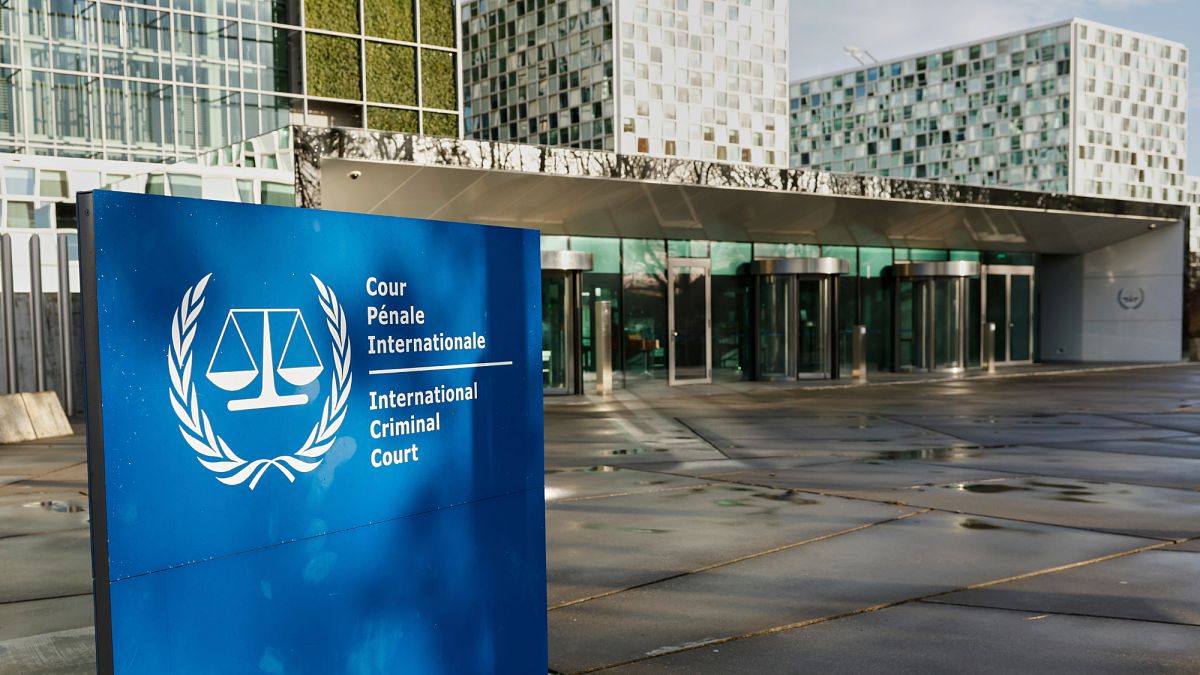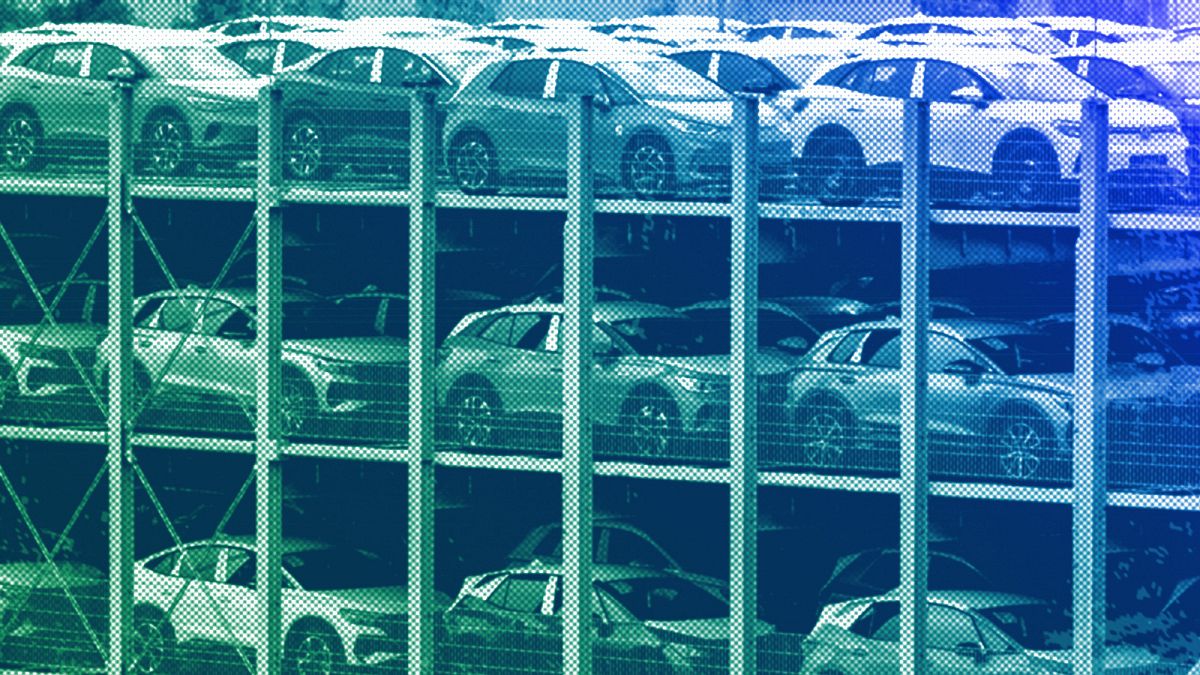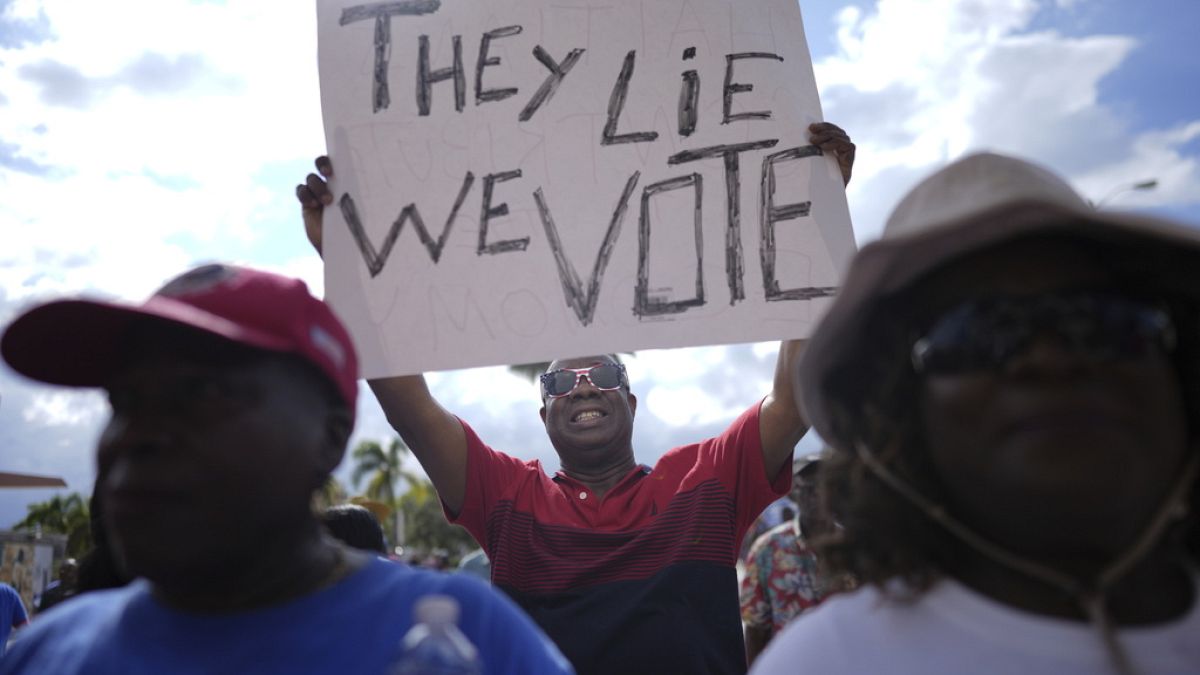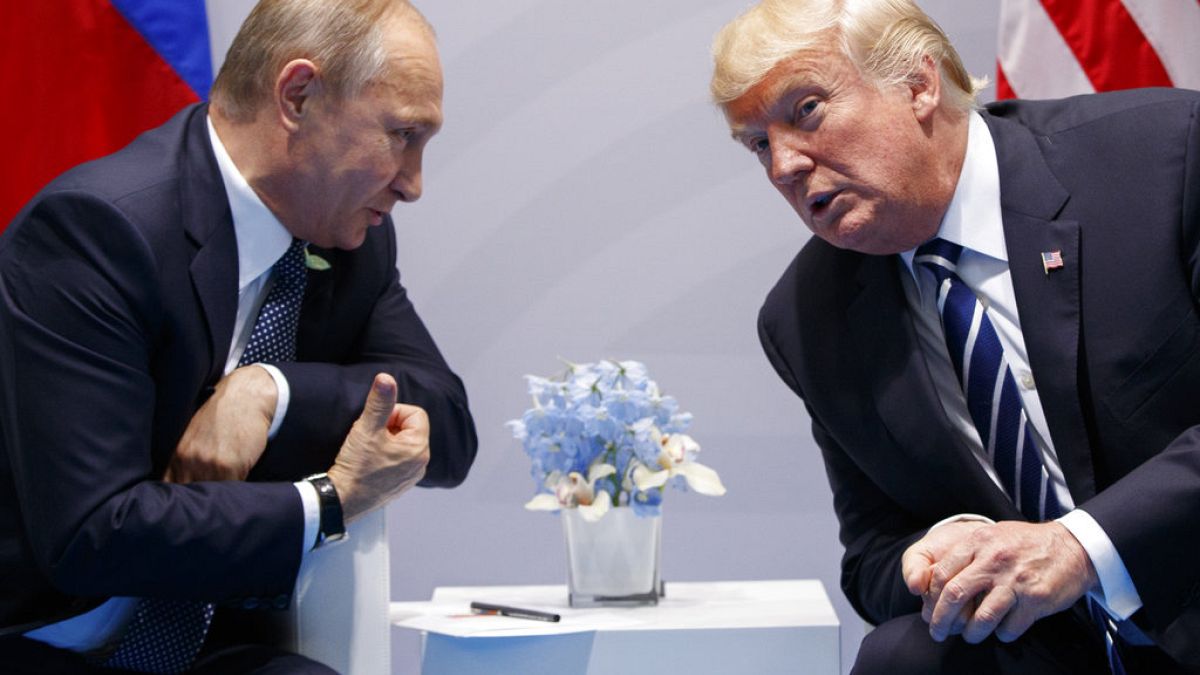The internet has erupted with claims that Spain is doing away with the €50 banknote after news reports came out alleging that it's on its way out.
This article says that the banknote's days are numbered as it'll be withdrawn in April, and that there's no turning back.
It has since been taken offline but not before it sparked panic that the move would have a damaging effect on the pockets of thousands of citizens.
However, the claims aren't true: Spain's central bank has confirmed that it hasn't ordered the withdrawal of any banknote, that all notes can keep being used as normal and that none of them will lose their value.
It explained where the confusion may have come from: as part of its daily activities, the central bank routinely checks the authenticity and quality of notes returning from credit institutions.
Notes and coins deemed not to be in a suitable state are withdrawn, destroyed and replaced by new ones, while those in good condition are put back into circulation.
The Bank of Spain said that it does this for all denominations, not just €50, and stressed that even if a banknote is damaged, it doesn't lose its value and can be exchanged for a new one.
"One reason for trying to keep banknotes in good shape is to make it easier to check their security features," the bank said. "Although banknotes are made to last, they usually show signs of wear and tear over time from regular use."
EuroVerify approached the Bank of Spain for further comment, but it referred us back to its press release.
Indeed, other news reports have been published making this slight distinction: they say that only some €50 notes will be withdrawn from circulation, rather than a blanket ban, and explain how old and worn notes can be exchanged.
Similar false claims have been doing the rounds in Italy too, specifically alleging that the European Central Bank (ECB) is banning €50 banknotes in April, as part of a strategy to combat money laundering and terrorist financing.
However, Italian fact-checkers have already debunked these rumours, stating that neither the ECB nor the Bank of Italy have made any such decision.
The ECB told EuroVerify: "Neither Banco de España nor any other central bank within the euro area has ordered the withdrawal of any euro banknote or coin. All euro banknotes retain their value and remain in circulation."
The rumours of banknotes being withdrawn feed into an overarching disinformation narrative that European countries are trying to phase out cash and replace it with a digital euro.
Some allege that doing so will hand control over citizens' money to the authorities, allowing them to block transactions and have a greater say over people's spending.
However, the ECB and other central banks in Europe have repeatedly assured that any digital currency would complement cash, not replace it.
Why replacing banknotes improves financial security
Experts told EuroVerify that it's perfectly normal for financial institutions to withdraw and destroy old, damaged notes to guard against criminal activity.
"Regular updates of banknotes and their security features are common practice of every central bank," said Rainer Böhme, professor for security and privacy at the University of Innsbruck in Austria. "The practice in the Eurosystem is that older banknotes remain valid payment instruments. There is no need to replace cash under the mattress."
"To my knowledge, every commercial bank does this before restocking ATMs," he added. "Which denominations are replaced with priority depends on observed trends in counterfeiting."
The reason that €50 banknotes tend to be more prone to tampering is that they are easier for criminals to handle in bulk, according to Michael Levi, professor of criminology at the University of Cardiff in Wales, the UK.
"Obviously the larger the denomination, the easier they are for criminals to store because they require less space and weight for value, though they would have to exchange lower denomination notes for €50 ones, as not many drug purchasers are likely to have them," he said.
"Notes higher than €50 in some jurisdictions may look suspicious and hard to exchange," he continued. "Perhaps damaged €50 notes may be harder for people to tell if they are genuine or not, and harder for automatic machines to analyse – or it may be that they are more likely to be damaged via lifestyles of street criminals."

 1 day ago
6
1 day ago
6






 We deliver critical software at unparalleled value and speed to help your business thrive
We deliver critical software at unparalleled value and speed to help your business thrive






 English (US) ·
English (US) ·